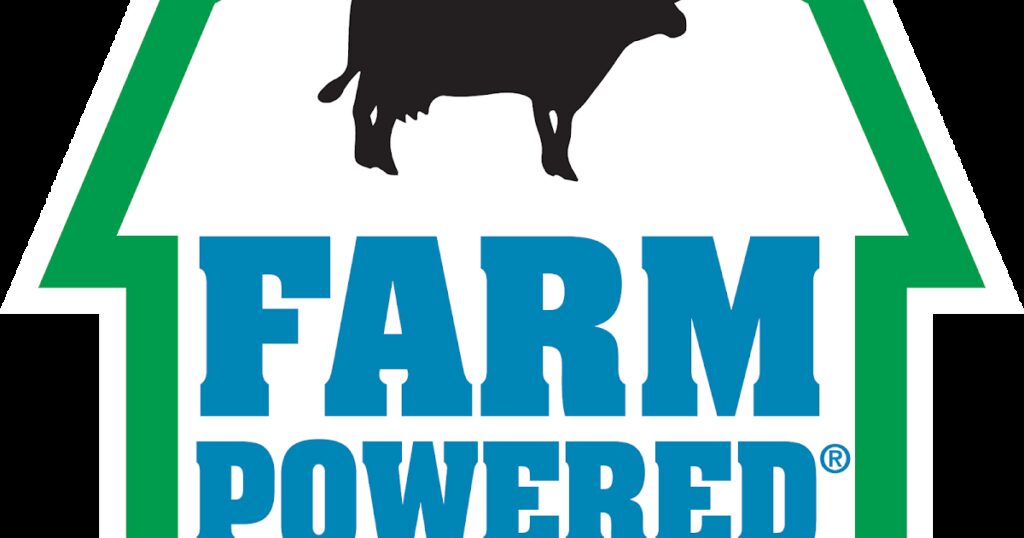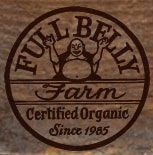
Vanguard farm powered logo.jpg
(Image above: The logo for Vanguard Renewable’s business arrangement with dairy
farms to generate energy from what could have been waste) It has been pointed
out that “waste is only really waste if you waste it.” That is of particular
concern when what is being wasted is potential renewable energy. Our food system
generates two major waste streams that have traditionally ended up on the
negative side of their potential – the manure that comes from farm animals, and
the inedible food waste that happens at the food manufacturing or retail level.
There is a solution that addresses both of these missed opportunities and
reduces our reliance on landfills and incinerators. A company called Vanguard
Renewables has developed a business model that connects farms with food
companies and retailers to combine their waste streams and use them to generates
renewable natural gas which can then serve to decarbonize the energy supply for
society as a whole. This solution hinges on a technology called “anaerobic
digestion” or AD that has been used extensively for decades in Europe. An
organic waste source like manure is put within a closed tank without oxygen.
Under that “anaerobic” condition there are specialized microbes from the gut of
the cow that can digest the organic matter. Unlike most living things that
generate carbon dioxide as they metabolize their food, these “anaerobic”
specialists generate methane gas – the same energy-rich fuel we call natural
gas. The difference between the gas from one of these digesters and the fossil
fuel version is that the carbon in the gas from a digester was created
biologically, and not by fossil extraction. That means that when the methane is
burned to produce energy, the carbon dioxide that is emitted is “carbon
negative” and isn’t a net contributor to the total amount of CO2 in the
atmosphere. Then, if the methane from a digester (also called “green natural
gas”) is piped into the existing natural gas utility stream, it has the same
sort of “decarbonization” effect that is achieved by putting electricity
generated by solar, wind or nuclear into the overall electricity grid. Vanguard
Renewables was started in 2014 by solar energy investor and entrepreneur John
Hanselman who had been a skeptic about AD until he saw how widely it was being
used in Europe. At that time anaerobic digestion was being used to some extent
in the US dairy industry, but there was much more untapped potential. The
limiting factors for AD implementation are the significant capital cost to build
a facility and the need for considerable expertise to operate the system. Large
diary operations are a logical place to build digesters because they generate a
continuous stream of manure – often more than can be reasonably spread back on
the surrounding fields. Also, if the manure has to be stored in a lagoon for
later use it creates methane and an odor issue for any neighbors, and the
ammonia that volatilizes from stored manure causes other environmental problems.
A digester can be run on a continuous basis so that the need to store the manure
is virtually eliminated.
(Image above from Vanguard Renewables – photo by John Maciel. Dairy cows with
anaerobic digester in the background) The Business Model Vanguard makes lease
arrangements with the dairies for the land where it builds digester facilities.
They then take the manure and after they have generated the methane, the farmer
gets back “digestate” that as been fortified with all the food nutrients at no
charge. He solid part of what they get makes excellent bedding for the cows and
the rest makes a soil-injectable fertilizer that avoids the odor and massive
volume issues of raw manure or even composted manure. The farmer doesn’t need to
purchase nearly as much synthetic fertilizer and so a life cycle analysis of the
milk reflects a smaller carbon footprint ( in an almost ironic way that savings
is because less fossil natural gas is needed to make nitrogen fertilizer for
that farmer’s forage crops). Vanguard dries and purifies the methane and feeds
that into the regional natural gas network and gets their income from the
utility company. The dairy farmer has no upfront capital cost, does not have to
play any role in operating the plant except collecting and delivering the
manure, gets a monthly lease income and then the digestate fertilizer and
bedding. This farm side of Vanguard’s business it described as “Farm Powered.”
The other part of the business model is that Vanguard makes agreements with
companies that have food waste issues such as processing side streams at a food
manufacturer or brewery, or inedible food waste that is generated at grocery
retail based on items that have gone past the date at which they can be sold or
donated to a food bank. Vanguard has organic waste recycling facilities built
specifically to accept and process this waste including even packaged foods that
have to be opened to get to the organic waste.
(Image above from Vanguard Renewables, photo by John Maciel. A truck delivering
food waste from a partner company to the recycling facility in Agawam, MA that
prepares it for delivery to a farm with a digester facility) This organic waste
is then sent to the farm where it enters a hydrolyzer and is heated to 104
degrees for five days before entering the anaerobic digester to be combined with
dairy cow manure. This addition can actually lead to even better performance of
the anaerobic digestion process. The farmer gets even more digestate. Some
municipal waste haulers also arrange to bring their excess organic waste to the
farm sites.
(Image above from Vanguard Renewables – photo by Todd Balflour. A co-digested
for manure and food waste on the Goodrich family farm in Salisbury, VT) Over the
past several years Vanguard has been refining their system and so they recently
pursued a round of funding for expansion. They had several offers and took the
one from BlackRock Real Assets, an ESG-focused finance company. It takes a
reasonably large dairy in terms of the number of cows to justify a digester
installation, but in areas with smaller dairies Vanguard has set up arrangements
where the manure from several farms can be pooled at a single location.
Currently they have 150 dairy farms under contract ranging from those with only
400-1000 cows to one that has more than 10,000. In all cases these are family
farms, and they greatly appreciate the steady lease income since the prices they
get for their milk can fluctuate a great deal. So far, the company has recycled
more than 1.7 million tons of organic waste (food was and dairy cow manure) and
produced enough digestate to fertilize more than sixty-one thousand acres of
crop land. So, what this business model achieves is recovery of energy from both
manure and food waste, a reduction in materials going to landfill and
incineration, cleaner air around a dairy, a stabilizing income for family dairy
farms, a reduction in the need for fertilizer, and an increase in the proportion
of renewable energy for society. Further expansion is now underway. This is just
one of the ways that the US dairy industry is pursuing sustainability and
overall carbon footprint reduction.
Source link
2022-11-14 11:00:00
Originally posted 2024-06-14 06:31:12.
Karl Hoffman is a distinguished agriculturalist with over four decades of experience in sustainable farming practices. He holds a Ph.D. in Agronomy from Cornell University and has made significant contributions as a professor at Iowa State University. Hoffman’s groundbreaking research on integrated pest management and soil health has revolutionized modern agriculture. As a respected farm journalist, his column “Field Notes with Karl Hoffman” and his blog “The Modern Farmer” provide insightful, practical advice to a global audience. Hoffman’s work with the USDA and the United Nations FAO has enhanced food security worldwide. His awards include the USDA’s Distinguished Service Award and the World Food Prize, reflecting his profound impact on agriculture and sustainability.







Asmongold vs. Elon Musk — Tesla’s self-driving tech? The best way to play games during your drive.